If the buffalo offering ceremony must have a pole, then the Kor people's Nga Ra Festival cannot lack gong fighting. It is the biggest festival of the year for the Kor people, considered to bring the rice spirit from the fields back home, then organize a festival as big as the Lunar New Year of the Kinh people.
Mr. Ho Van Bien (left cover), a talented gong performer of the Kor people (Tra Bong District, Quang Ngai ). PHOTO: FACEBOOK "TRAI VILLAGE"
STRANGE CUSTOMS IN THE FESTIVAL OF FALLING RICE
Between mid-October and early November of the lunar calendar, the Kor people harvest upland rice. In the past, the Kor people lived in long houses (called huts), each hut had a few dozen families living together. When the last family in the hut brought up the upland rice to build a hut, the village elders set a date for the rice god procession, or the harvest festival, also known as the Kor people's Nga Ra Festival.
In the past, the Kor people celebrated the Nga ra festival in a very special way. Each family worshiped for 3 days, and if there were dozens of people in the family, it would last for a whole month, sometimes 2 months. Before the worshiping day, the homeowner would perform a "rice spirit welcoming" ceremony, bringing the rice husks (rice regenerated from stubble) from the fields and leaving some on the rice hut, some would bring home to rub on the hands and heads of each family member, then bring this rice husk package to the altar to worship the next day. By doing so, the Kor people believe that they will pray for luck and drive away bad things in the past year.
Mr. Ho Thanh Duong (69 years old, in Tra Lac village, Tra Tay commune, Tra Bong district) said that on the first day of worship, the homeowner held a ceremony to chase away bad ghosts and welcome good ghosts.
On the second day, people worship ghosts so that their family can prosper and buy many household items; worship other ghosts such as betel ghost, cinnamon ghost, buffalo ghost... with the hope that in the new year, animals will multiply in large numbers, helping the Kor people to become rich.
On the third day, there is a "ghost exchange" offering. That is, chickens and pigs are offered alive at home and then cooked, then brought to the field to "ghost exchange" offering, shouting, lighting a fire, using spears, lances... to stab the bushes to change the bad ghosts so that the good ghosts can come to live. After 3 days of offering, the homeowner burns the field and starts to trim corn, beans... "In the past, the rice straw offering had to have a gong fight, extending the time. But now, the rice straw offering sometimes does not have a gong fight, it is organized for a shorter time, simpler to save money", said Mr. Duong.
Kor gong performance. PHOTO: NHI PHUONG
Mr. Ho Van Bien (holding a gong on the left) during a performance at the Dien Truong Ba festival (Tra Xuan town, Tra Bong district). PHOTO: NHI PHUONG
TALENTED GONG PLAYER
The artist who is considered the most skilled gong player of the Kor people in Tra Bong cinnamon land is Mr. Ho Van Bien (66 years old, in Tra Son commune). He is present at almost every festival. Artist Ho Van Bien said that he is now old, his hair and beard are much white, but he still participates in gong competitions during Nga Ra Tet or cultural events organized by the district and province, and at the same time teaches the younger generation.
In fact, to learn gong fighting and become a famous artist like Mr. Bien is not simple. The Kor people as well as the ethnic minorities in the Truong Son - Tay Nguyen region do not have formal training schools. Learners can only practice by participating in gong fighting regularly, observing carefully, listening and feeling. Only those who are truly passionate and observant can become talented folk artists of the cinnamon land of Tra Bong.
Artisan Ho Van Bien learned and knew how to play gongs since he was 6 years old. His father and older brother were good at gong fighting, so whenever there was a festival with gongs and drums, Mr. Bien followed them to learn the art. Thanks to that, from the age of 10, Mr. Bien gradually mastered the gong pieces to greet guests, welcome guests, see guests off, worship gods, worship ancestors... These are just basic skills, to practice the skill of playing gong fighting, Mr. Bien participated in gong fighting since he was 16 years old. That was gong fighting in the village's seasonal festival (rooftop), to participating in gong fighting held annually and Mr. Bien was always the winner.
Kor people perform gongs and dance their ethnic dances during the buffalo eating ceremony. PHOTO: P.DUNG
Gong competition is always intense and requires a lot of energy. PHOTO: NHI PHUONG
Growing up, Mr. Bien participated in gong performances at festivals, competitions, mass art performances, cultural festivals of ethnic groups in the Central Highlands and Central Highlands, and the National Gong Culture Festival. To date, this artist has received 6 gold medals and 1 silver medal for his gong performances.
Nowadays, Tra Bong cinnamon land considers Mr. Bien as the holder of the secret and skillful techniques of gong playing and gong fighting of the Kor people. Not letting this art form lose its identity, Mr. Bien goes to the villages to teach the young generation how to play gongs and gong fighting, with the desire to pass on and preserve the traditional cultural identity of the Kor people.
According to Mr. Cao Chu, a researcher on Kor ethnic culture, gong fighting often takes place during the Nga Ra Festival. Participants in the gong fighting must be able to play familiar gong pieces proficiently. From the beginning, it was a competition to test the talent between men from one village and another during the Nga Ra Festival, to see who plays the gong better, more skillfully, more methodically, and especially who can improvise better and be physically resilient throughout the match. The gong musical instrument of the Kor people consists of two gongs and a drum, including: a male gong (also called the husband gong, in Kor it is Check ka Nau), a female gong (called the wife gong, in Kor it is Check kji) and a drum (Agor).
In gong fighting, only male gongs are used. The two challengers sit facing each other on the floor, either sitting cross-legged or with their legs apart. The gong is placed on the thigh, the left hand is held across the chest, the right hand holds the gong to beat. The match is full of tension and requires strength, skillful technique and rhythmic coordination between the players. The match begins when the drum beats, the first player (tok) will beat the gong to the rhythm of the drum, while the next player (tuk) must respond quickly but still keep the right rhythm. Each series of sounds resounds strongly, vibrantly, blending together, creating majestic melodies echoing through the mountains and forests. The villagers gather around, cheering, shouting, creating a bustling, bustling atmosphere. The match only ends when one of the two players beats out of rhythm or loses the melody, at which point that person is considered the loser.
Source:



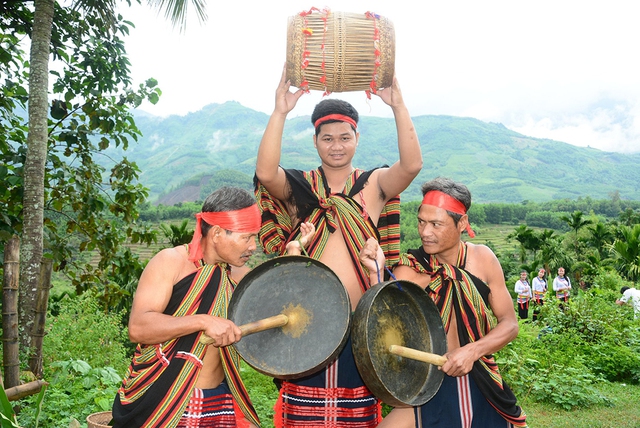
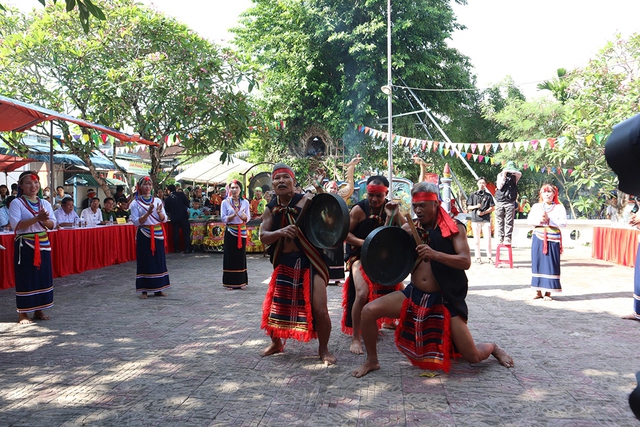
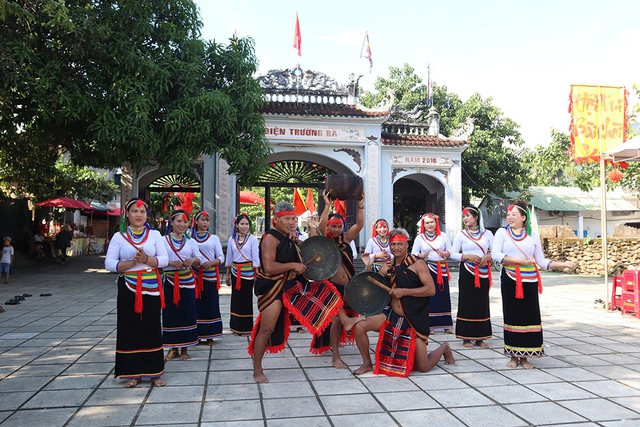
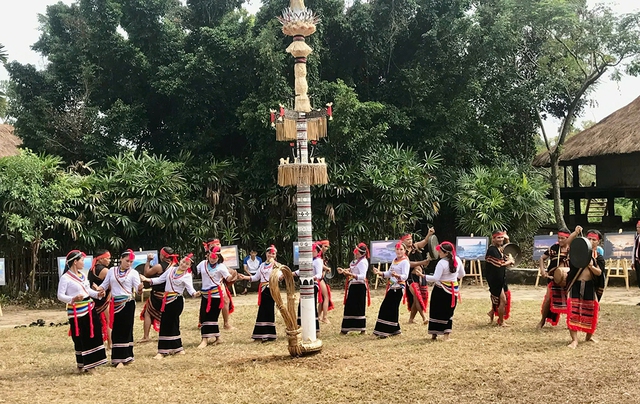
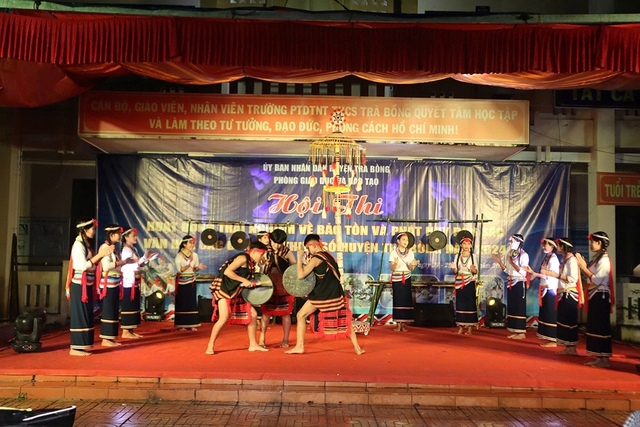


![[Photo] General Secretary To Lam attends the 80th Anniversary of the Cultural Sector's Traditional Day](https://vstatic.vietnam.vn/vietnam/resource/IMAGE/2025/8/23/7a88e6b58502490aa153adf8f0eec2b2)



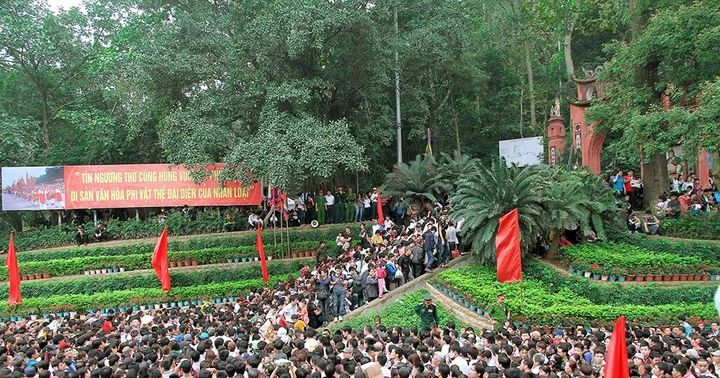



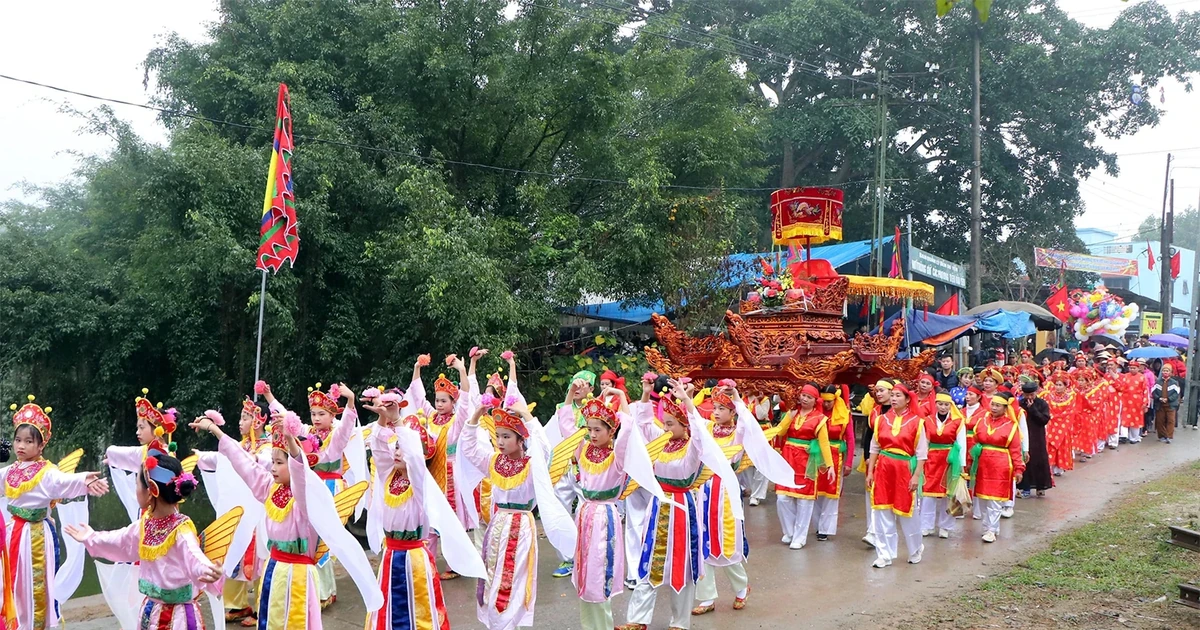


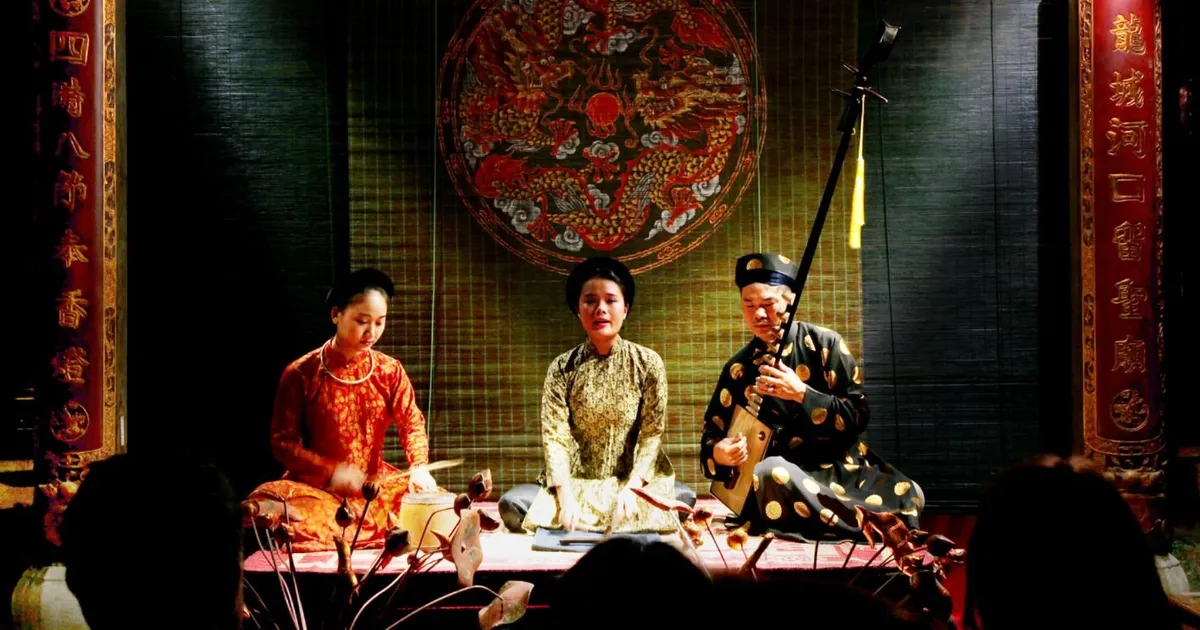

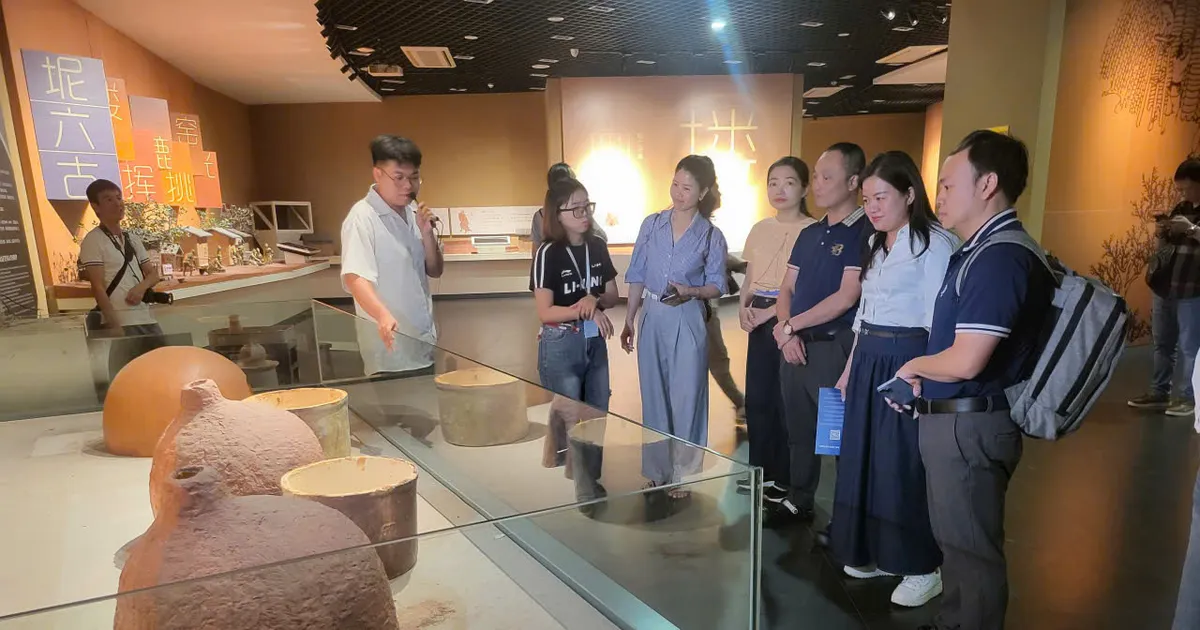















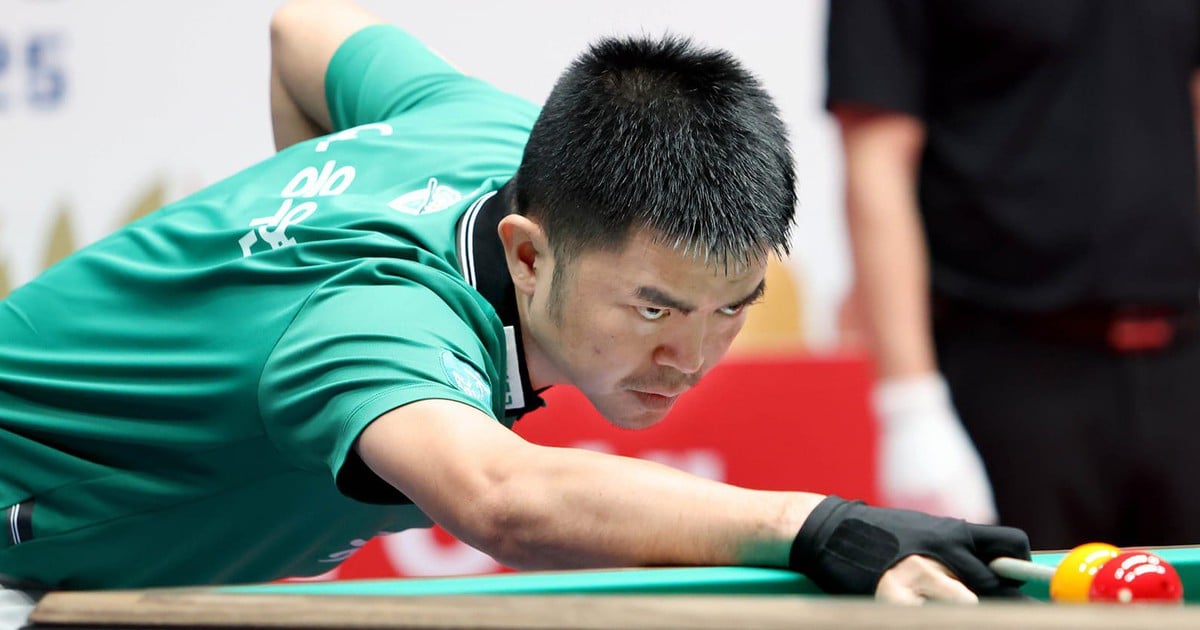


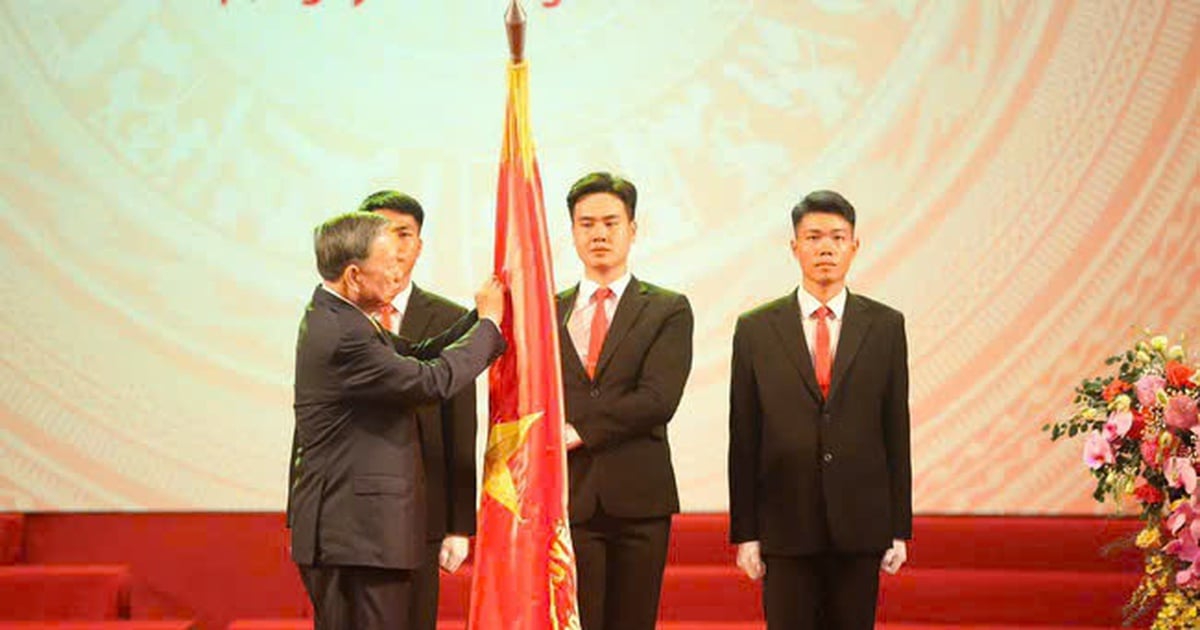

![[Photo] Prime Minister Pham Minh Chinh chairs the meeting of the Government Party Committee Standing Committee](https://vstatic.vietnam.vn/vietnam/resource/IMAGE/2025/8/23/8e94aa3d26424d1ab1528c3e4bbacc45)




































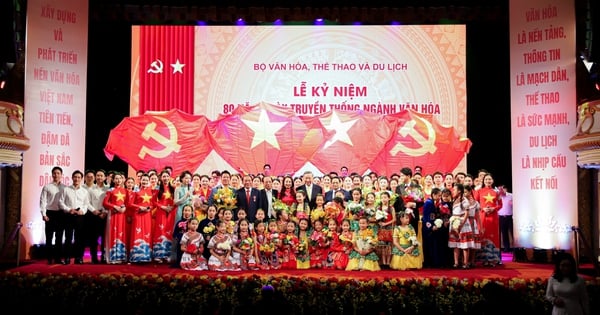





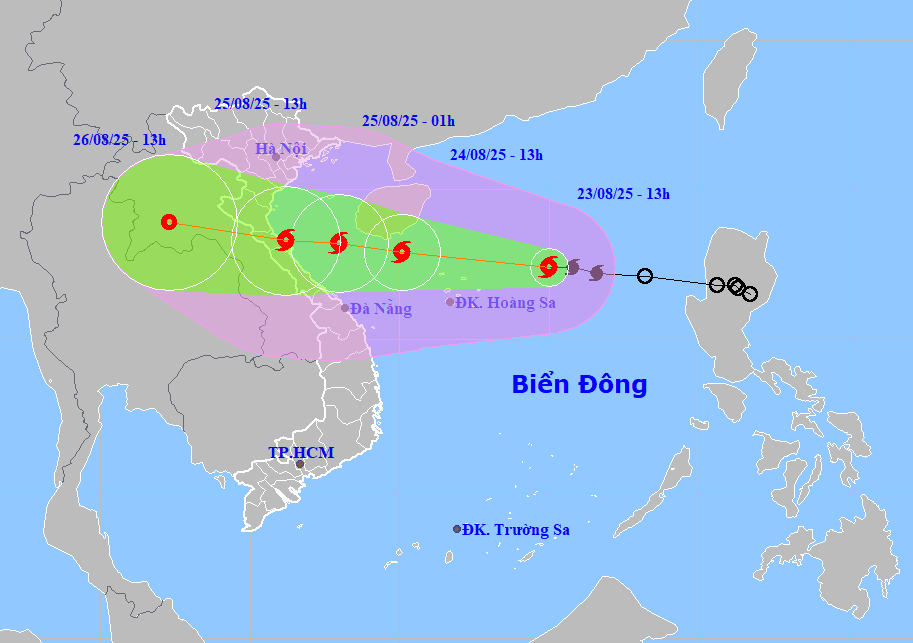



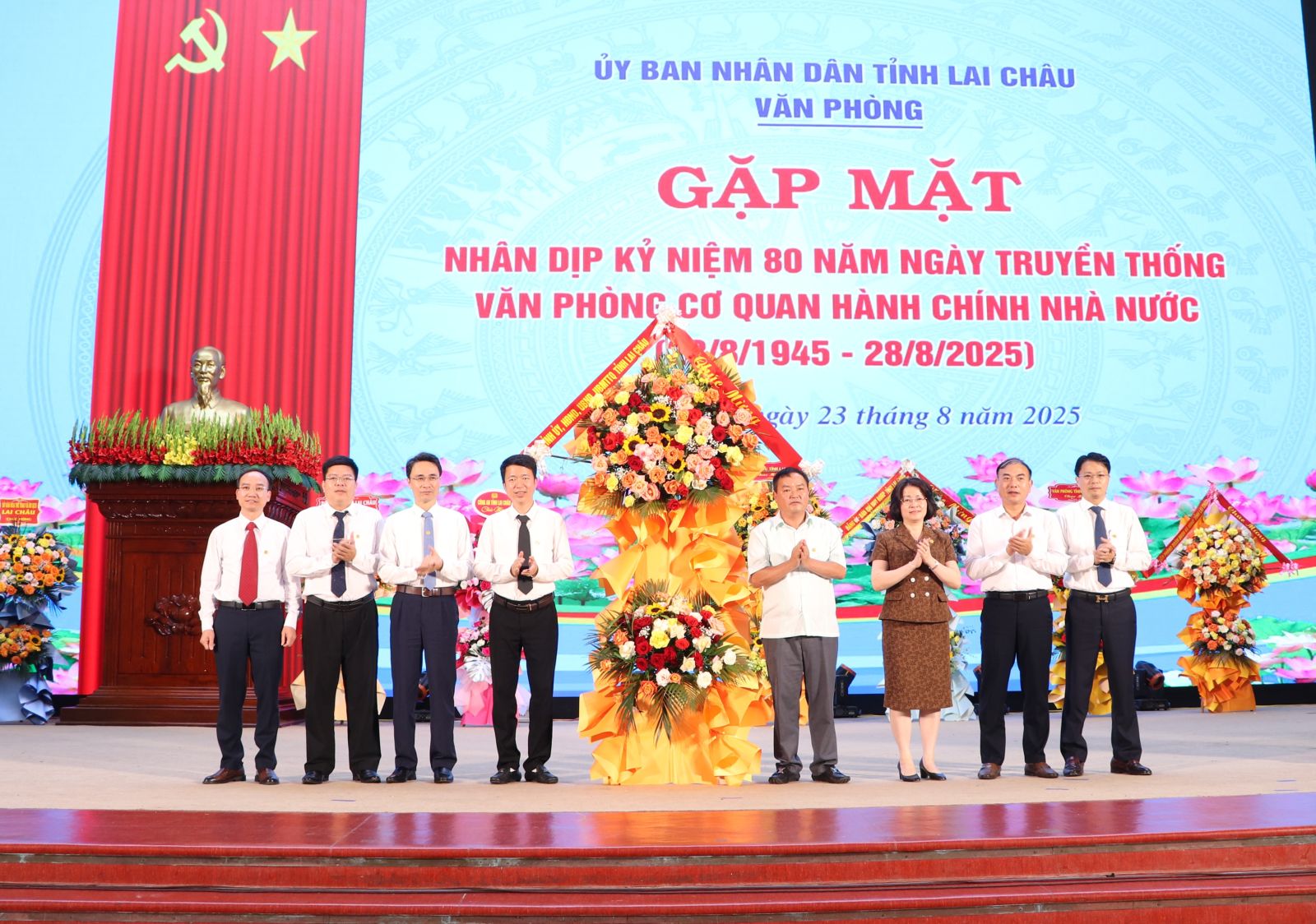
















Comment (0)